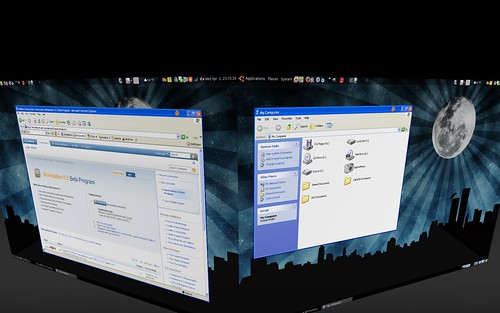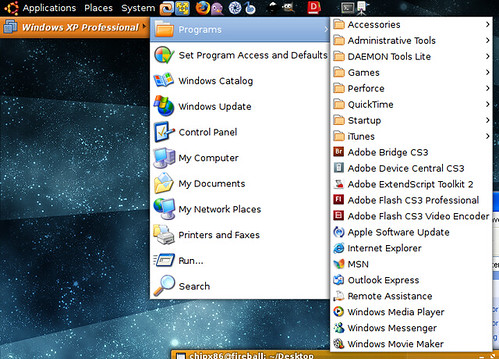I just wanted a hamburger
What was supposed to be a quick 10 minute trip to the nearby Carl’s Jr. for a hamburger ended up with blood, police and arrests.
I’m back home visiting my family for a few days, and my brothers and I decided to make a quick run to grab a couple hamburgers. It was about 1 AM, but we’ve done this before, hundreds of times, and never had a problem. It was pretty quiet out, and trouble is the last thing we expected.
We got our burgers and began to walk home. Across the street from the burger joint is an AM/PM. There’s an alley way right behind that that takes us to a small parking area off a street that connects to our street. It’s a nice quick shortcut, well lit, and safe enough. Usually.
As we were heading through the parking area, we heard footsteps behind us. I turned around and saw three guys, but they were a distance aways. I had a bad feeling, but thought I was being paranoid. As we continued to walk, they continued to keep their distance, until we walked onto the street in an unlit area.
One of the guys (they were all teens) pulled his shirt or jacket over his face and grabbed my food. He said, “Give me the food. Give me the food!” I held onto the bag and he pulled hard, breaking the bag in two. He took it and started to laugh. Without hesitation, my brother yelled at him to give it back, and threw his little Dixie cup of water at him. The guy turned around and started to punch him in the face.
There was blood everywhere.
This all happened so fast that I couldn’t react in time, but immediately after I saw another one of the guys start to go over to my brother as if he was about to join in the fight. I jumped between them and said, “Hey, it’s cool. Just take the food and go.” I was frightened that they would pull a knife or gun on my brother and wanted to just end it right then.
They turned around and started to leave. The guy who punched my brother said something like, “I sure was hungry!” and they laughed and continued down the street. We saw them turn onto this one fairly long street. I immediately called my parents, waking them up, as at this point I really wanted more people nearby in case those guys realized they could get our wallets instead of just our food.
I then called the police. They were here within two minutes, faster than my parents even. And not just a couple police. Two police cars sped past us, down the street those guys went (as I described to the operator on the phone), and then two police cars stopped where we were. A third came by later. And a fire truck. And an ambulance.
It turned out that they were expecting something big a block away and thought this might be it. So they sent in the cavalry. Fine by us. They took our statements, had us each identify the suspects (who they had nabbed almost immediately). I was able to positively identify one of them, though he wasn’t the attacker. My brother, however, was able to give a positive identification for the attacker. We were told he’d likely be in jail before the night is up, and maybe his accomplices as well.
So at least we got them off the street. My brother, though, is currently at the hospital getting stitches, and I’m feeling guilty as hell for talking them into coming with me for a burger. I just wanted a hamburger, and instead I got my brother a trip to the hospital, and some guys off the street. What a night.





